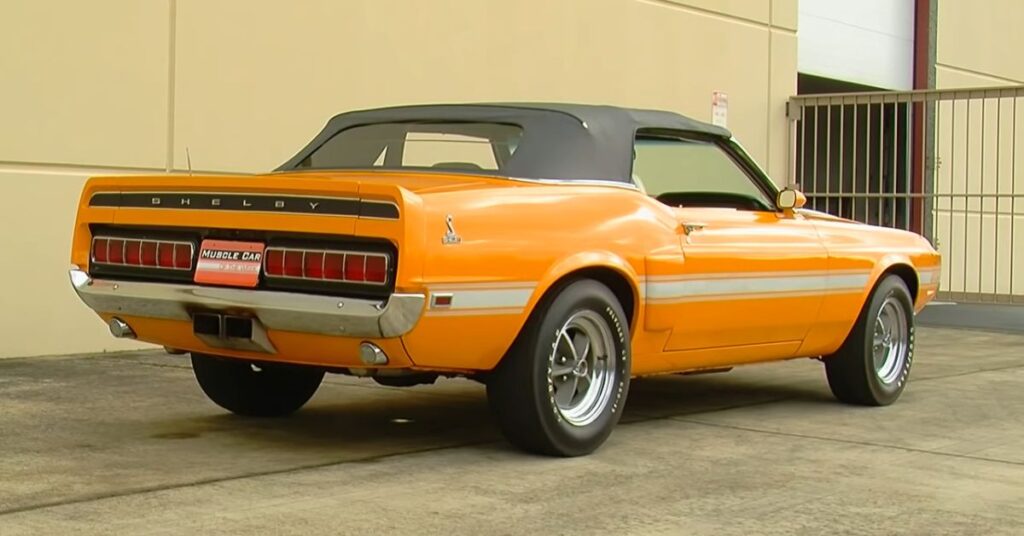The 1969 and 1970 Shelby GT350 and GT500 cars hold a unique place in automotive history. What makes them even more interesting is the fact that the 1970 versions were never really produced in that year. In a twist of historical significance, all the 1970 Shelby cars were actually 1969 model year cars that were given 1970 Vin’s under the guidance of Ford and the FBI. This unprecedented event in the automotive world makes the 1970 Shelby Mustang GT350 Convertible a true collector’s gem.
The Evolution of Shelby Mustangs
When the Shelby GT350s first hit the scene in 1965 and 1966, they were known for their lightweight construction and race car DNA. These cars were stripped-down, performance-focused machines designed for the street but with a strong emphasis on track capability. The interiors were minimalistic, the suspension systems were redesigned for enhanced performance, and they boasted high-performance engines and brakes. They were true street-legal race cars.

However, as the 1960s came to an end, the Shelby brand underwent a transformation. Shelby was no longer producing the cars independently; instead, they were being built in collaboration with Ford. The Mustang lineup had expanded, with options such as the Mach 1 series and the Boss 302 and Boss 429, which were more focused on racing. This created the need for Shelby to find its place in this new landscape, and the brand shifted towards a luxury Performance Package.
Distinctive Styling of the 1970 Shelby Mustang GT 350
The 1970 Shelby Mustang GT350 Convertible is instantly recognizable and unique from every angle. Its exterior styling sets it apart from the regular Mustangs of its time. The most noticeable difference is the extended nose and hood, which give the car an elongated appearance. This extension is particularly evident in the hood, where you can see five distinct scoops known as NACA ducts. These scoops were designed to optimize airflow, allowing cold air to enter and hot air to escape.
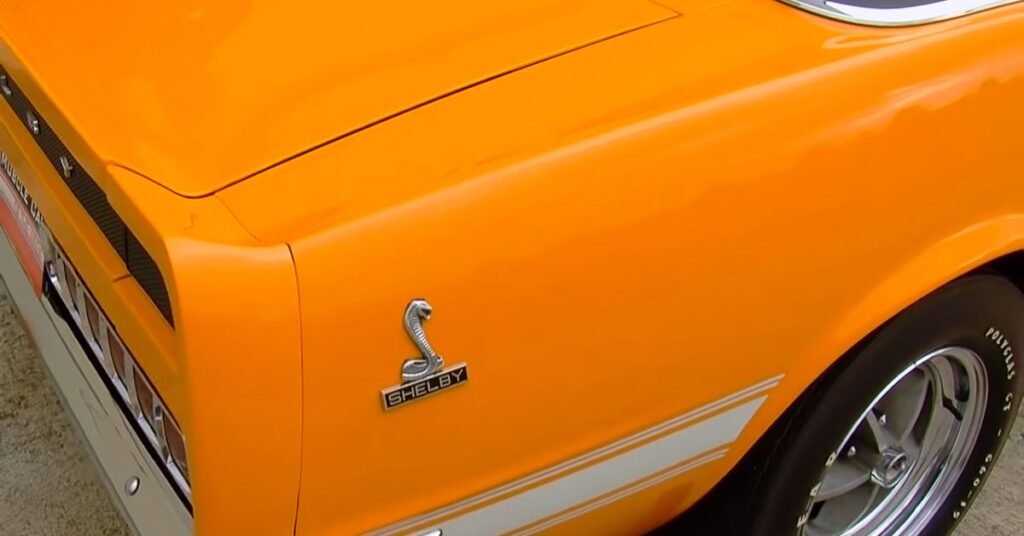
Another distinctive feature is the special cast aluminum wheels with their unique center caps. Moving around the car, you’ll notice a styling bar that adds to its overall appeal. While it may resemble a roll bar, it’s purely for aesthetics. Additionally, there’s a scoop mounted on the front of the quarter panel, adding a touch of sportiness to the design.
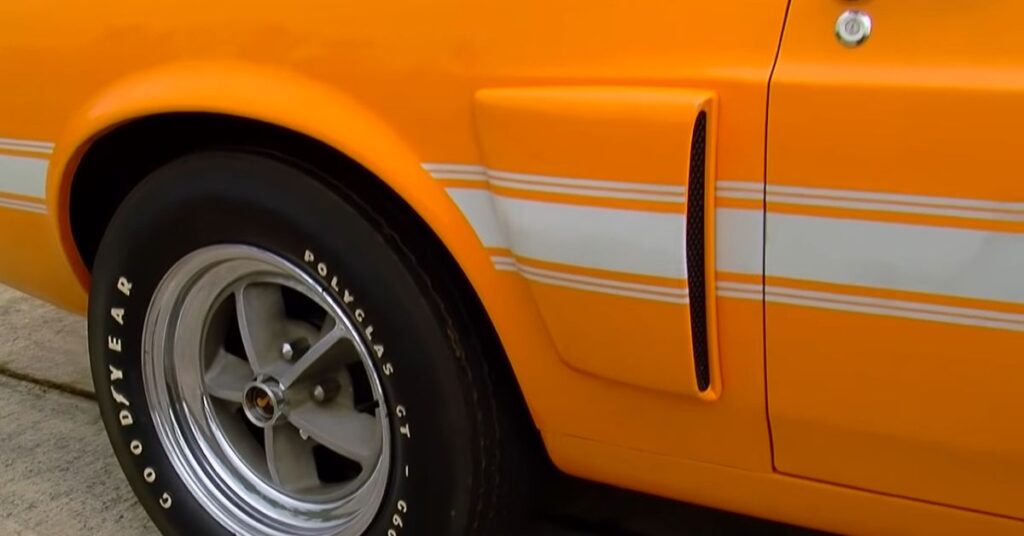
The rear treatment of the car features a fiberglass deck lid and quarter extensions, which give it a sleek ducktail kick-up. A waffle pattern trim with the Shelby name in the middle spans the entire width of the rear, accompanied by a pair of Thunderbird sequential taillights that blink in succession. Completing the rear design is a center-mounted dual exhaust tip, providing a finishing touch to the overall package.
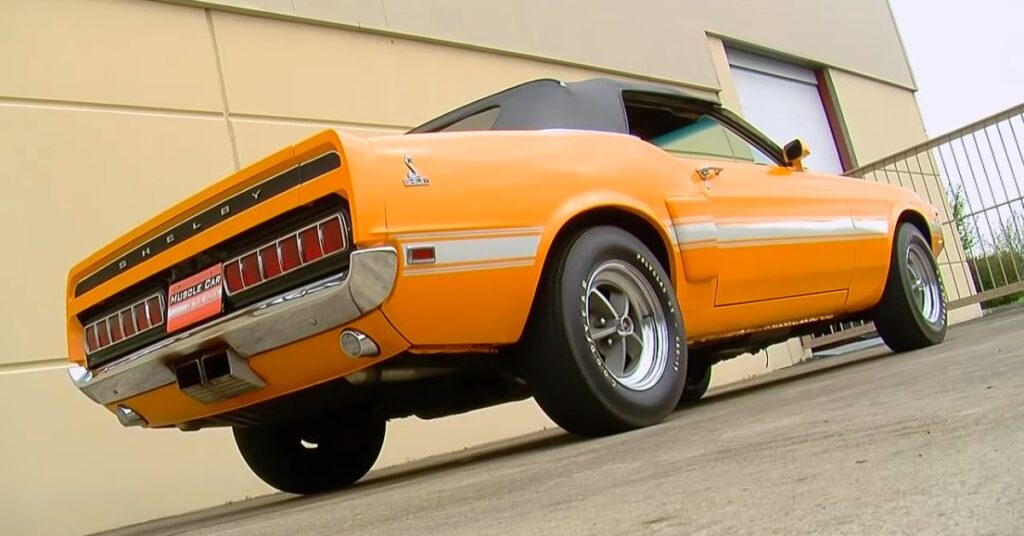
Luxurious Interior Features
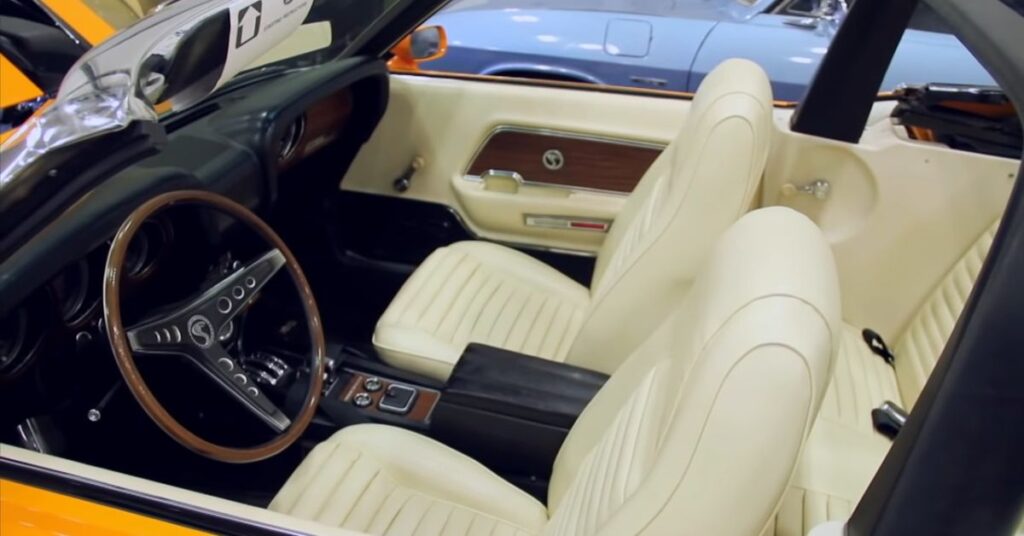
Step inside the 1970 Shelby Mustang GT350 Convertible, and you’ll be greeted by a combination of luxury and performance. The first notable feature is the comfortable Mach 1-style seats, upholstered in white. The interior color scheme extends to the door panels and the rear seat, creating a cohesive and elegant look.
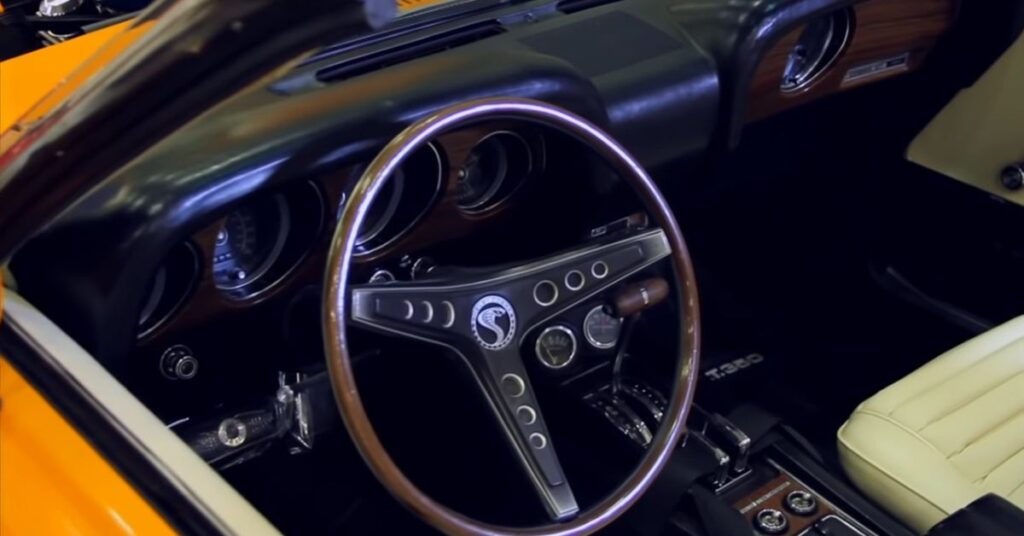
The dashboard stands out with its wood-grained accents in the two coves where the gauge cluster and clock are located. Numerous little details throughout the interior signify that this is a Shelby car, including the presence of the Shelby Cobra snake in the steering wheel, which also doubles as the horn. The passenger side features a clock in its cove, reminiscent of the Mach 1, but just below it, you’ll spot the Cobra GT350 badge.
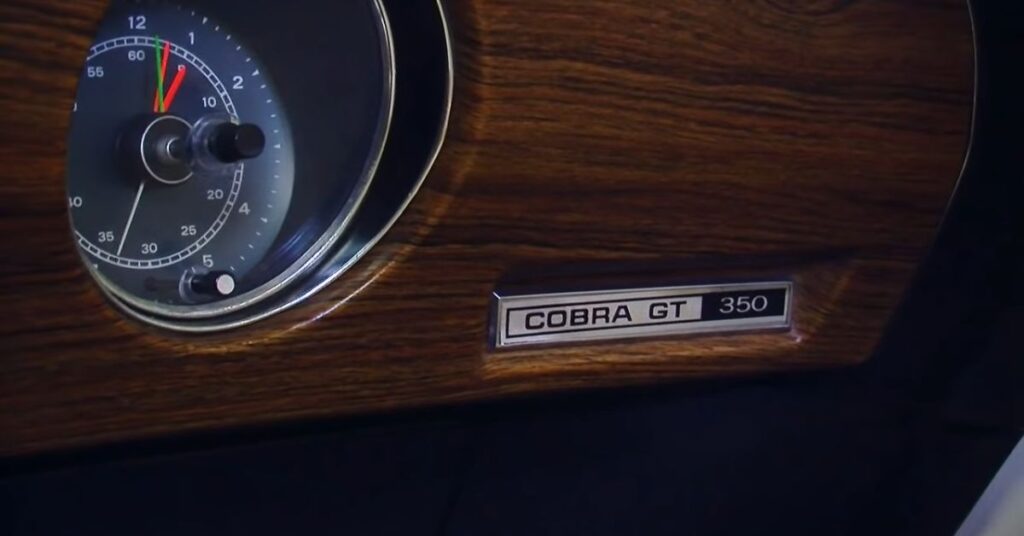
The car offers full carpeting and sound deadening, which were not present in the original GT350 cars. The dashboard features a 140 mph speedometer, along with a pair of additional gauges in the front console that were not found in factory Mach 1 or Boss cars. Towards the back of the console, you’ll find racy-looking toggle switches, with one controlling the fog lights and the other controlling auxiliary illumination in the cockpit.
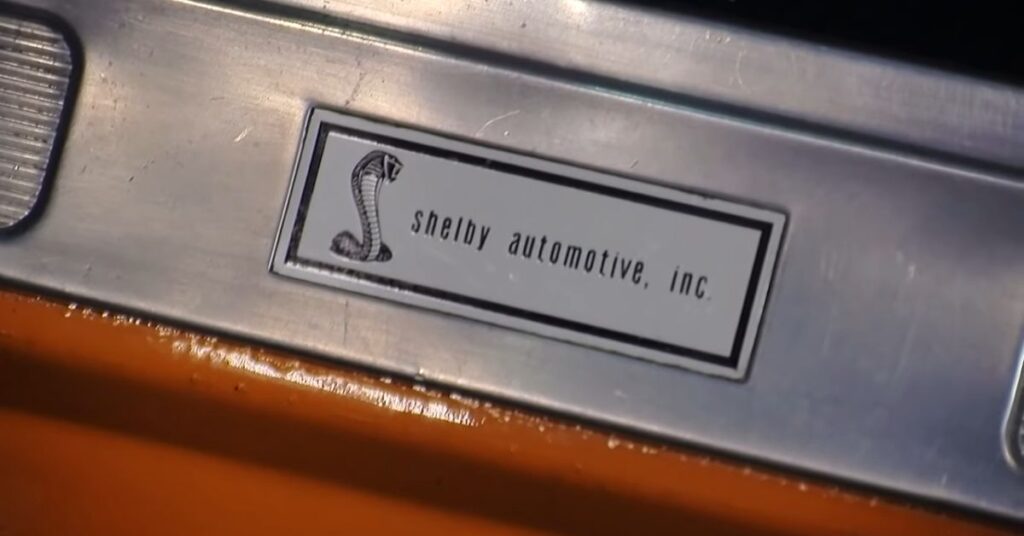
Other notable interior details include Shelby-branded door sills that proudly display the Shelby American logo every time you enter the car. While the 1970 GT350 Convertible may not have the raw power of its predecessors, it still packs a punch. Under the hood lies a 351 cubic inch V8 engine, equipped with an Autolite four-barrel carburetor. It delivers an advertised 290 horsepower at 4800 rpm and generates 385 foot-pounds of torque at 3200 rpm.
Performance and Handling
The standard gearbox for the 1970 GT350 Convertible is a four-speed manual transmission, with an optional close-ratio four-speed manual available. However, this particular car features an FMX three-speed automatic transmission, providing smooth and effortless driving. One interesting fact is that air conditioning was only available in automatic cars during that time, further emphasizing the luxury aspect of the Shelby brand.
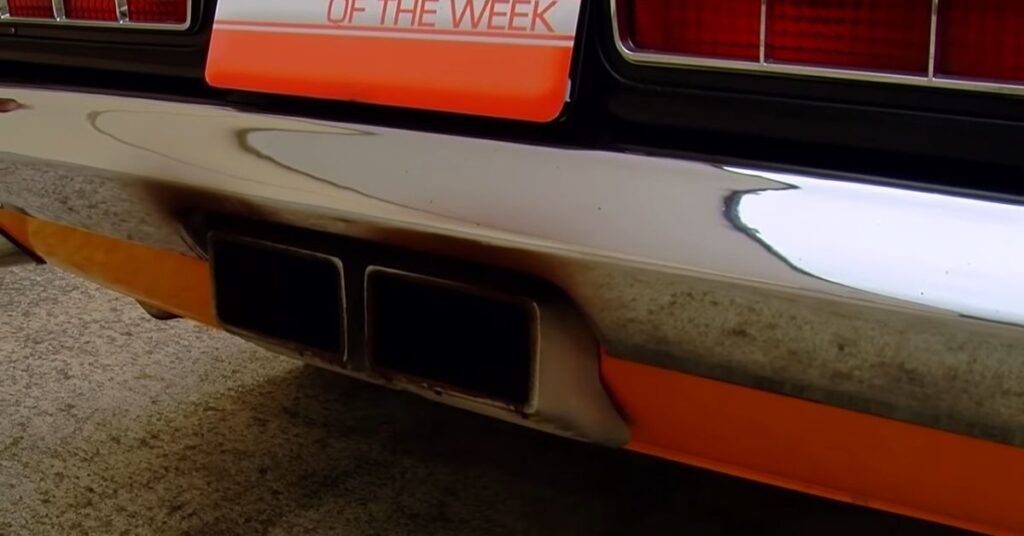
While the suspension and brake package on the GT350 Convertible are similar to the standard Mach 1, they still offer great performance. The car is equipped with 11.3-inch rotors in the front and 10-inch diameter, two-inch wide drum brakes in the rear. The exhaust system features a unique cast iron manifold that merges the pipes in the center of the car, creating a distinctive look and sound.
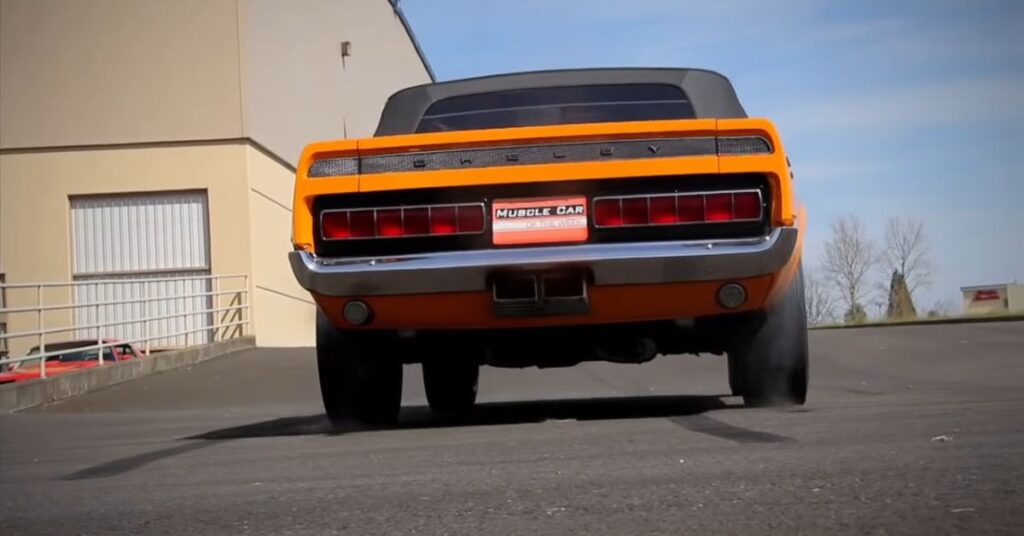
The Powerhouse: Internal Combustion Engines
The heart and soul of any vehicle lies within its engine, and when it comes to powering cars, internal combustion engines have long reigned supreme. These remarkable machines harness the controlled explosion of fuel and air to generate the power that propels us forward. Internal combustion engines come in various types, including gasoline, diesel, and hybrid variants, each with its own unique characteristics and advantages.
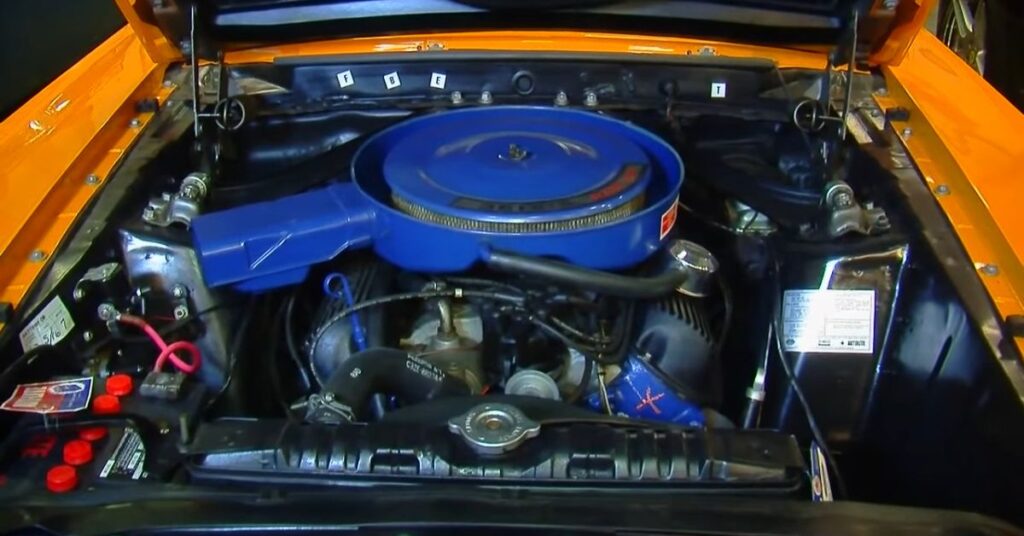
At the core of an internal combustion engine is the combustion process, where fuel and air mix and ignite to release energy. In a gasoline engine, a spark from the spark plug ignites the air-fuel mixture, creating a rapid expansion of gases that forces the piston down. This downward motion transfers energy to the crankshaft, which ultimately drives the wheels of the vehicle. In a diesel engine, the fuel-air mixture ignites due to compression, without the need for a spark plug.

Internal combustion engines are typically designed with multiple cylinders, which are essentially chambers where the combustion process takes place. The more cylinders an engine has, the more power it can produce. Common configurations include four, six, and eight-cylinder engines. Each cylinder consists of a piston that moves up and down within the cylinder, creating the necessary compression and power strokes. The movement of the pistons is synchronized by the crankshaft, which converts linear motion into rotary motion.
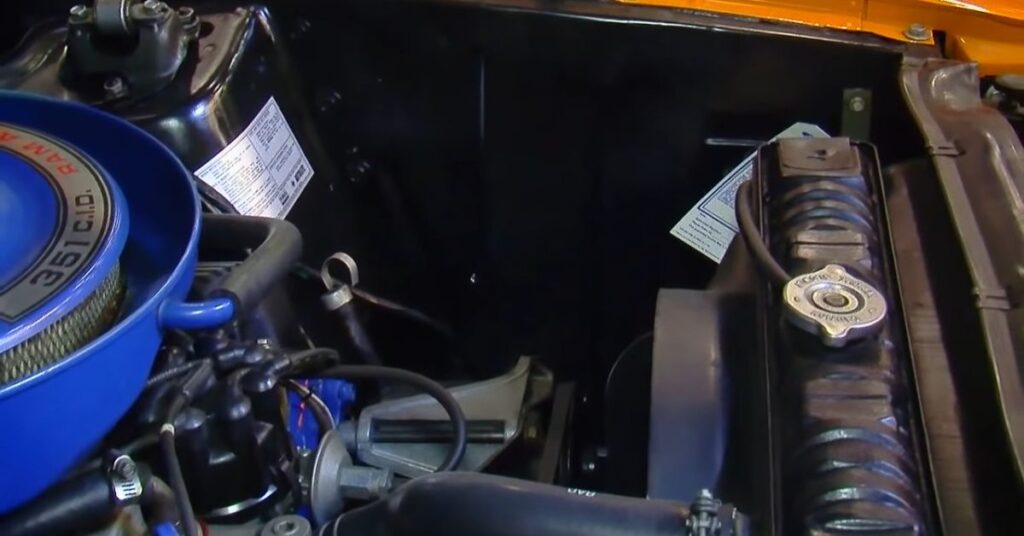
Engine displacement, often measured in liters or cubic centimeters, refers to the total volume displaced by all the pistons in the engine. It is a key factor in determining the engine’s power output and fuel efficiency. Generally, larger engine displacements result in more power, while smaller displacements tend to be more fuel-efficient. Engine designers strike a balance between these factors to meet the desired performance and efficiency requirements of the vehicle.
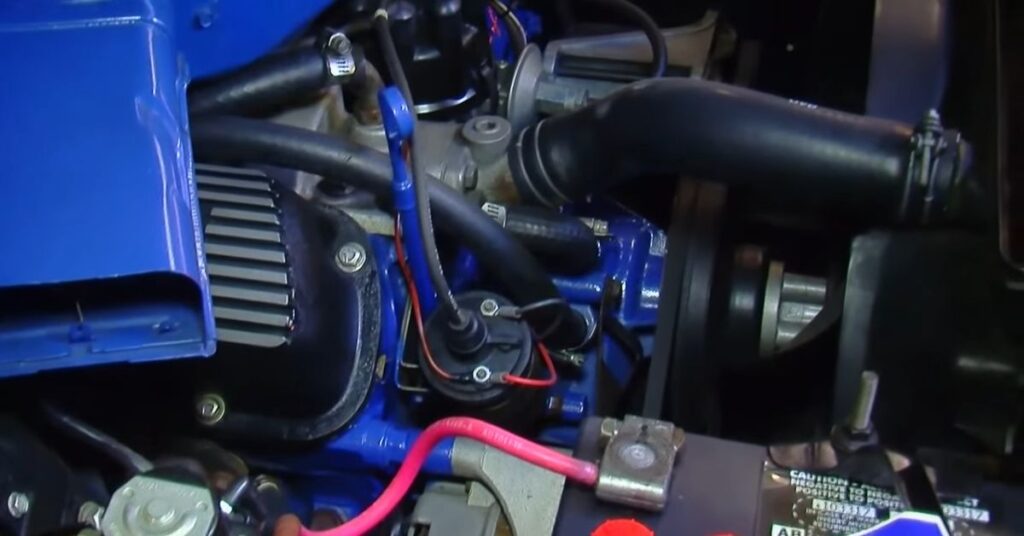
In conclusion, internal combustion engines are the workhorses of the automotive industry, converting the potential energy of fuel into the kinetic energy that propels us forward. The combustion process, cylinders, and engine displacement all play crucial roles in determining the power and efficiency of these incredible machines. As technology advances, we continue to witness innovations that enhance the performance, fuel efficiency, and environmental impact of internal combustion engines, keeping them at the forefront of automotive engineering.
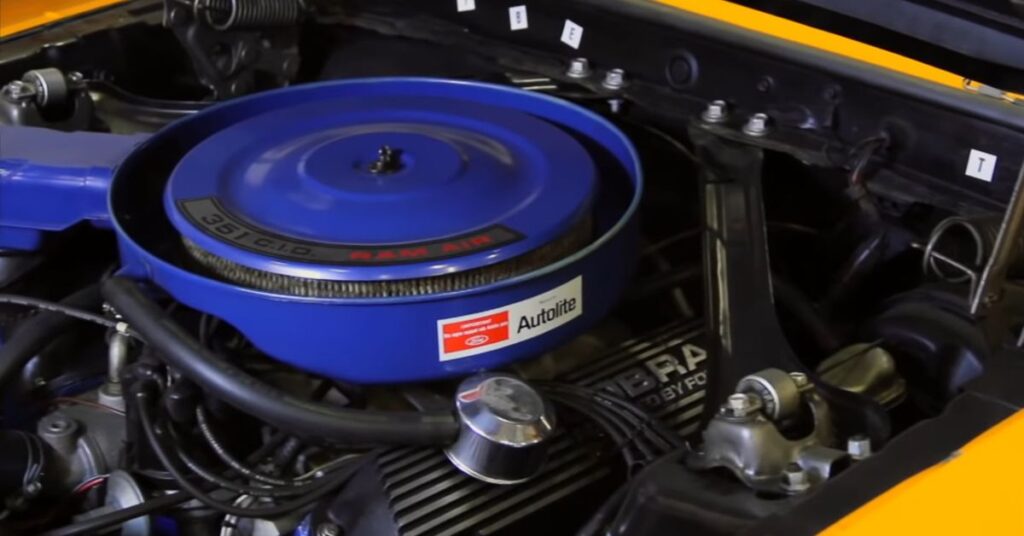
A Timeless Classic
The 1970 Shelby Mustang GT350 Convertible showcased a shift in the Shelby brand’s focus, transforming it into a luxurious performance package. While it may not have the raw race car characteristics of its earlier counterparts, it remains a strikingly beautiful and enjoyable car to drive. The combination of its unique styling, comfortable interior, and powerful V8 engine makes it a true classic among muscle cars.
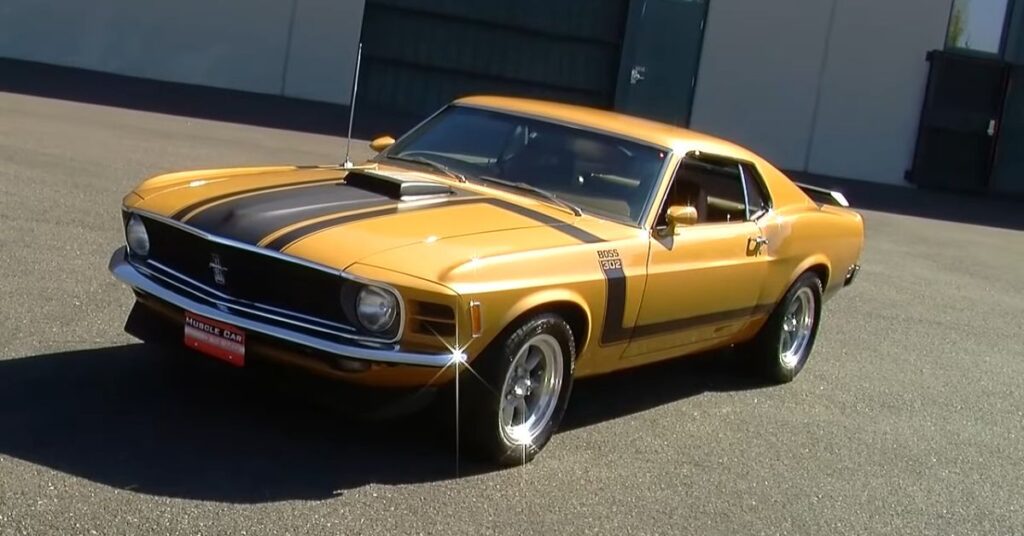
So, which generation of Shelby Mustang is your favorite? Share your thoughts on our Facebook page or website at Muscle Car of the Week. And don’t forget to subscribe to our YouTube channel to never miss an episode of our show.
Conclusion
In conclusion, the 1970 Shelby Mustang GT 350 Convertible is a unique and iconic muscle car that represents the evolution of the Shelby brand. With its distinctive styling, powerful engine, and luxurious features, it continues to capture the hearts of automotive enthusiasts and stands as a testament to the enduring legacy of American muscle cars.


